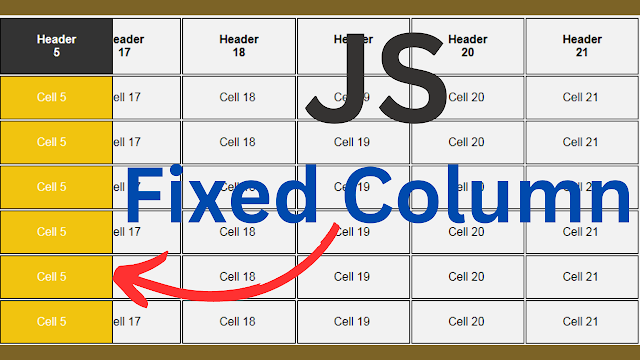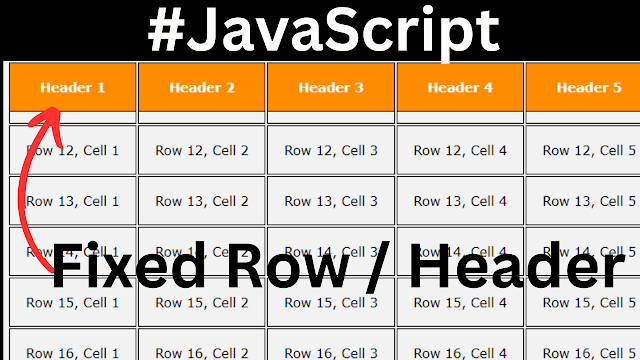PYTHON - How To Make MySQL Database Navigation Buttons In Python Tkinter
In this Python tutorial, we'll learn how to build a navigation app using data from a MySQL Database.
The app will feature buttons such as NEXT, PREVIOUS, LAST, and FIRST,
all implemented using Python's Tkinter library along with MySQL Database integration and VsCode IDE.
Project Source Code:
import tkinter as tk
from tkinter import *
import mysql.connector
connection = mysql.connector.connect(host='localhost', user='root', port='3306',
password='', database='test_py')
c = connection.cursor()
index = 0
c.execute("SELECT * FROM `users_2`")
users = c.fetchall()
print(users)
root = Tk()
frame = tk.Frame(root, bg='#bdc3c7')
label_id = tk.Label(frame, text='ID:', font=('verdana',12), bg='#bdc3c7')
entry_id = tk.Entry(frame, font=('verdana',12))
label_fname = tk.Label(frame, text='First Name:', font=('verdana',12), bg='#bdc3c7')
entry_fname = tk.Entry(frame, font=('verdana',12))
label_lname = tk.Label(frame, text='Last Name:', font=('verdana',12), bg='#bdc3c7')
entry_lname = tk.Entry(frame, font=('verdana',12))
label_email = tk.Label(frame, text='Email:', font=('verdana',12), bg='#bdc3c7')
entry_email = tk.Entry(frame, font=('verdana',12))
label_age = tk.Label(frame, text='Age:', font=('verdana',12), bg='#bdc3c7')
entry_age = tk.Entry(frame, font=('verdana',12))
frame_buttons = tk.Frame(frame, bg='#bdc3c7')
button_first = tk.Button(frame_buttons, text = 'first', font=('verdana',12), bg='gold')
button_next = tk.Button(frame_buttons, text = 'next', font=('verdana',12), bg='gold')
button_previous = tk.Button(frame_buttons, text = 'previous', font=('verdana',12),
bg='gold')
button_last = tk.Button(frame_buttons, text = 'last', font=('verdana',12), bg='gold')
# function to clear textfields
def clearTextfields():
# clear textfields
entry_id.delete(0,END)
entry_fname.delete(0,END)
entry_lname.delete(0,END)
entry_email.delete(0,END)
entry_age.delete(0,END)
# function to show first item
def showFirst():
clearTextfields()
global index
index = 0
entry_id.insert(0,users[index][0])
entry_fname.insert(0,users[index][1])
entry_lname.insert(0,users[index][2])
entry_email.insert(0,users[index][3])
entry_age.insert(0,users[index][4])
# function to show next item
def showNext():
clearTextfields()
global index
index = index+1
if index > len(users)-1:
index = len(users)-1
entry_id.insert(0,users[index][0])
entry_fname.insert(0,users[index][1])
entry_lname.insert(0,users[index][2])
entry_email.insert(0,users[index][3])
entry_age.insert(0,users[index][4])
# function to show previous item
def showPrevious():
clearTextfields()
global index
index = index-1
if index < 0:
index =0
entry_id.insert(0,users[index][0])
entry_fname.insert(0,users[index][1])
entry_lname.insert(0,users[index][2])
entry_email.insert(0,users[index][3])
entry_age.insert(0,users[index][4])
# function to show last item
def showLast():
clearTextfields()
global index
index = len(users)-1
entry_id.insert(0,users[index][0])
entry_fname.insert(0,users[index][1])
entry_lname.insert(0,users[index][2])
entry_email.insert(0,users[index][3])
entry_age.insert(0,users[index][4])
button_first['command'] = showFirst
button_next['command'] = showNext
button_previous['command'] = showPrevious
button_last['command'] = showLast
frame.grid(row=0, column=0)
label_id.grid(row=0, column=0, sticky='e', padx=10, pady=10)
entry_id.grid(row=0, column=1, padx=10, pady=10)
label_fname.grid(row=1, column=0, sticky='e', padx=10, pady=10)
entry_fname.grid(row=1, column=1, padx=10, pady=10)
label_lname.grid(row=2, column=0, sticky='e', padx=10, pady=10)
entry_lname.grid(row=2, column=1, padx=10, pady=10)
label_email.grid(row=3, column=0, sticky='e', padx=10, pady=10)
entry_email.grid(row=3, column=1, padx=10, pady=10)
label_age.grid(row=4, column=0, sticky='e', padx=10, pady=10)
entry_age.grid(row=4, column=1, padx=10, pady=10)
frame_buttons.grid(row=5, column=0, columnspan=2)
button_first.grid(row=0, column=0, padx=10, pady=10)
button_next.grid(row=0, column=1, padx=10, pady=10)
button_previous.grid(row=0, column=2, padx=10, pady=10)
button_last.grid(row=0, column=3, padx=10, pady=10)
root.mainloop()
OUTPUT:
Download Projects Source Code





